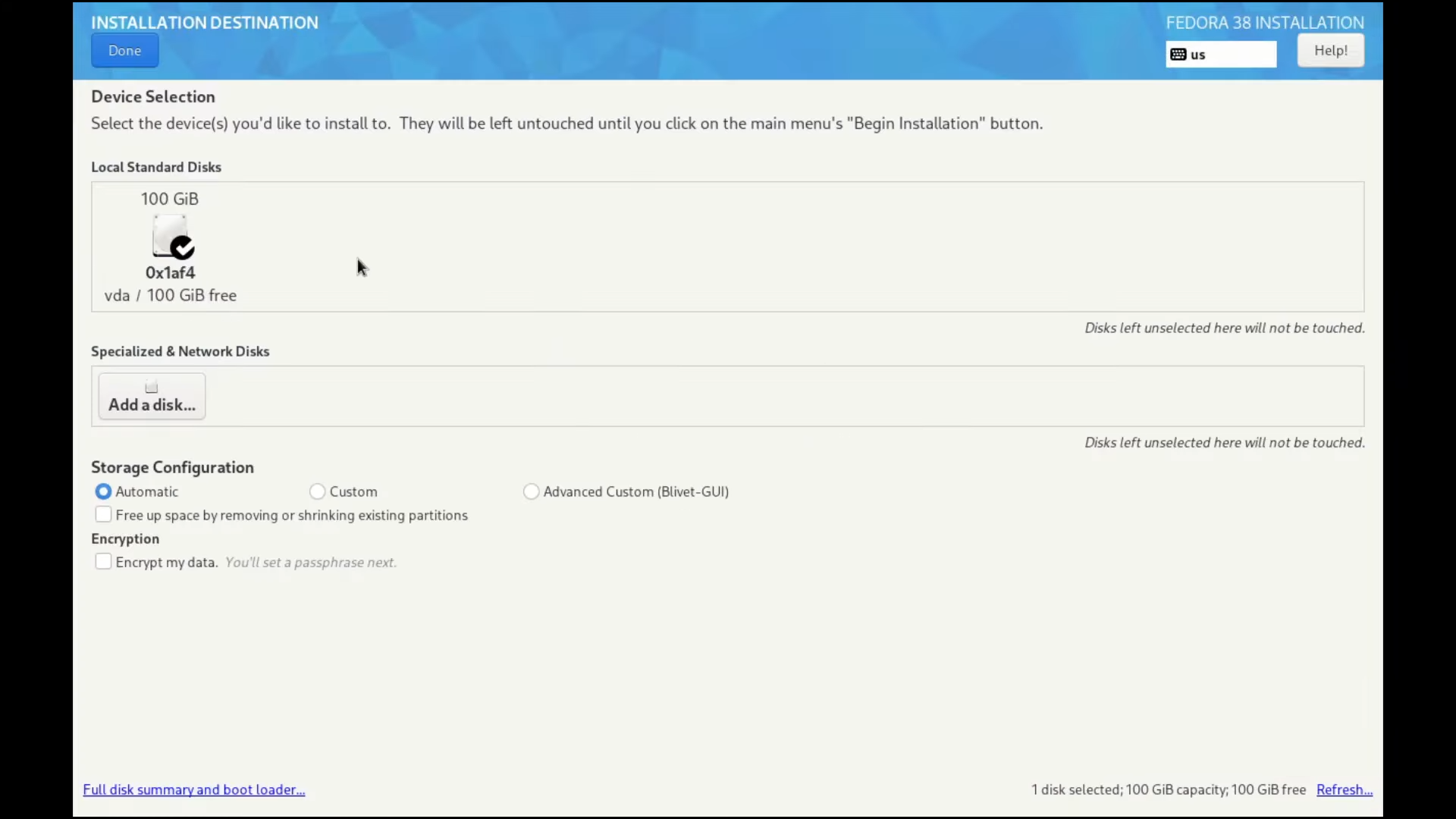this post was submitted on 28 Dec 2023
26 points (90.6% liked)
Linux
48310 readers
645 users here now
From Wikipedia, the free encyclopedia
Linux is a family of open source Unix-like operating systems based on the Linux kernel, an operating system kernel first released on September 17, 1991 by Linus Torvalds. Linux is typically packaged in a Linux distribution (or distro for short).
Distributions include the Linux kernel and supporting system software and libraries, many of which are provided by the GNU Project. Many Linux distributions use the word "Linux" in their name, but the Free Software Foundation uses the name GNU/Linux to emphasize the importance of GNU software, causing some controversy.
Rules
- Posts must be relevant to operating systems running the Linux kernel. GNU/Linux or otherwise.
- No misinformation
- No NSFW content
- No hate speech, bigotry, etc
Related Communities
Community icon by Alpár-Etele Méder, licensed under CC BY 3.0
founded 5 years ago
MODERATORS
you are viewing a single comment's thread
view the rest of the comments
view the rest of the comments
(Perhaps) unrelated background information
xD , I started writing a reply yesterday and it got unwieldy real quick. So, I got discouraged and not long after I fell asleep. In the morning, I was surprised to see that a lot of your questions still weren't answered, so I mustered some motivation and here it is. Don't expect a very thorough response, but you should find enough pointers to make this work.Preface:
Yup, the gist of it would be that Nvidia's proprietary drivers are not found in the native repos of most distros. This also applies to Fedora. However, you should be able to acquire the proprietary drivers by following the instructions found on RPM Fusion. But, Nvidia's proprietary drivers are known to not play nice and might require you to get into the nitty gritty later down the line to save your system. Don't get me wrong; some people never have issues, but unfortunately this doesn't apply to everybody. Therefore, it's very good to approach this cautiously. If, instead, you'd prefer a managed solution; so one in which your input is left to a bare minimum but somehow Nvidia's proprietary drivers are installed and (at times) fixed by some black magic shenanigans (or just good engineering) going on in the background, then look no further than uBlue's Nvidia images. Delving further into what uBlue is and why IMO you should consume Fedora Silverblue through it would be out of scope for this comment.
So, unfortunately I don't quite remember what I did exactly. But I can't imagine I would do anything beyond the following two scenarios:
If memory serves me right, automatic partitioning by Fedora's Anaconda installer was for some reason undesirable. I don't remember the specifics, but it's likely either one of the following:
Therefore, I did something slightly different. If I recall correctly, one should adhere to the following instructions:
After you've shrunk the Windows partition, make a new partition (preferably using GParted) with the following specifics:
Reboot into Fedora Silverblue/Kinoite's installer and when you get to the screen found below:
Click here to reveal image of the screen
A new screen should appear, in here I selected "Click here to create them automatically.". This should apply the default partitioning on the empty disk space. However there are a couple of things to keep track off:
/boot/efiAfter you're done with the previous screen, select "Done" in the upper-left corner. This should prompt a popup screen that summarizes the changes. Ensure that this doesn't do something strange to your Windows partitions and make sure that it looks otherwise as you'd expect. If you're done, then select "Accept Changes".
The rest of the installation should progress like how you'd expect from there.
(Post-install) Depending on how you'd like to have GRUB (read: default bootloader on Fedora) configured, you might have to do a thing or two to ensure you can access both Fedora Silverblue/Kinoite and Windows however suits you best.
As long as the EFI partitions are separated, there's nothing to worry about. And if anything, it's Windows that might wipe out whatever Linux distro you're dualbooting.
Perhaps it's worth mentioning one of uBlue's most ambitious projects; Project Bluefin, or to be more precise; the Bluefin developer experience.
General tips:
Please feel free to inquire if you so desire!